Discover the essential guide for beginner riders from choosing the right gear to mastering smooth cornering techniques. Start your riding journey safely and confidently today.
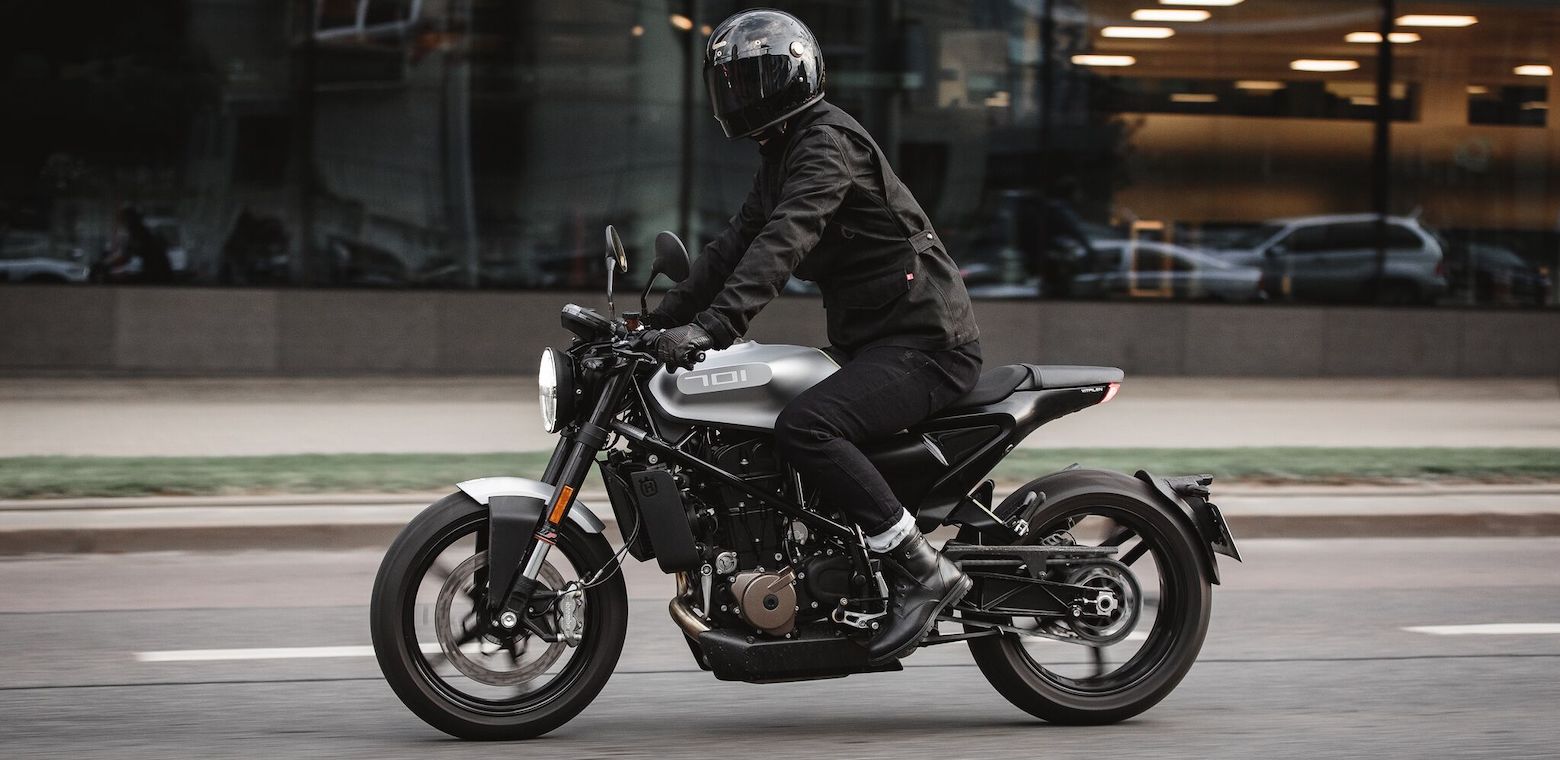
Subscribe to our Instagram Channel for instant news & updates!
Starting your journey as a motorcycle rider can feel exciting and overwhelming at the same time. With the right knowledge, however, you can build strong habits from day one. This guide walks you through the essentials every beginner should know, from the gear that protects you to the cornering techniques that keep you in control.
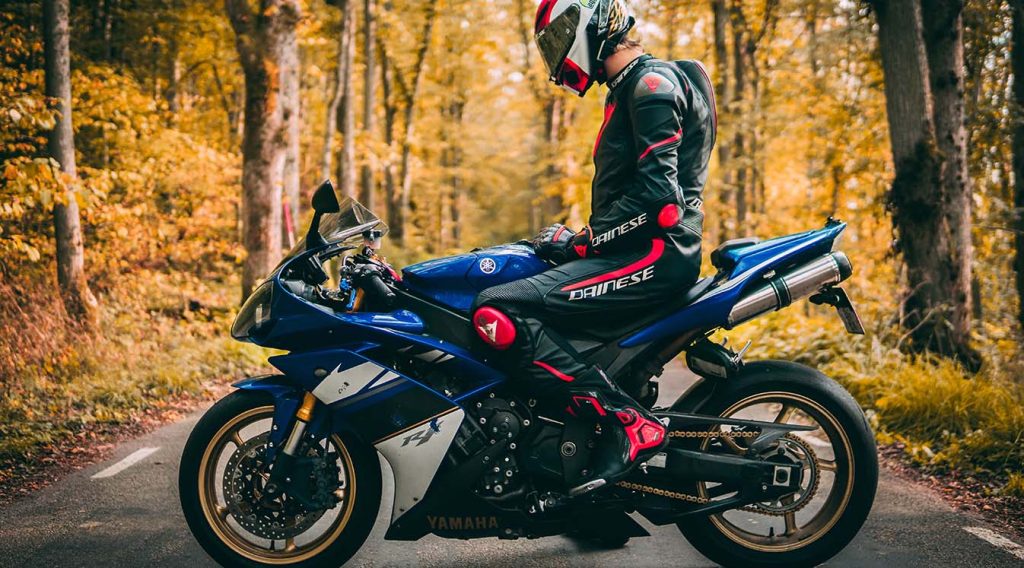
Understanding the Riding Gear You Truly Need
A new rider should always begin with proper riding gear. A certified helmet protects your head in any unforeseen situation, while a riding jacket with armour gives important impact protection. Gloves help maintain grip and reduce hand fatigue, and proper riding pants or jeans with padding offer better safety than everyday clothing. Footwear also matters because boots with ankle support can prevent injuries during sudden stops or low-speed falls. When you start with the right gear, riding naturally feels safer and more enjoyable.

Basic Controls Every Rider Must Master
Before moving at higher speeds, it is important to understand the controls of your motorcycle. The throttle responds to your wrist, so smooth input helps maintain balance. The clutch works together with the gear lever to shift power efficiently. Braking involves both the front and rear brakes, and knowing when to apply each one keeps the bike stable. Even simple elements such as the indicator switches and kill switch will help you develop confidence. The more familiar you become with these controls, the more natural your riding will feel.

Adopting the Correct Riding Posture
A good riding posture keeps you comfortable and stable. Your back should remain relaxed, your arms slightly bent, and your knees close to the tank to maintain balance. Feet should rest firmly on the pegs instead of hanging loosely. Keeping your eyes forward and scanning ahead gives your brain more time to react to road conditions. With proper posture, the bike feels easier to handle, especially in slow traffic or tight spaces.
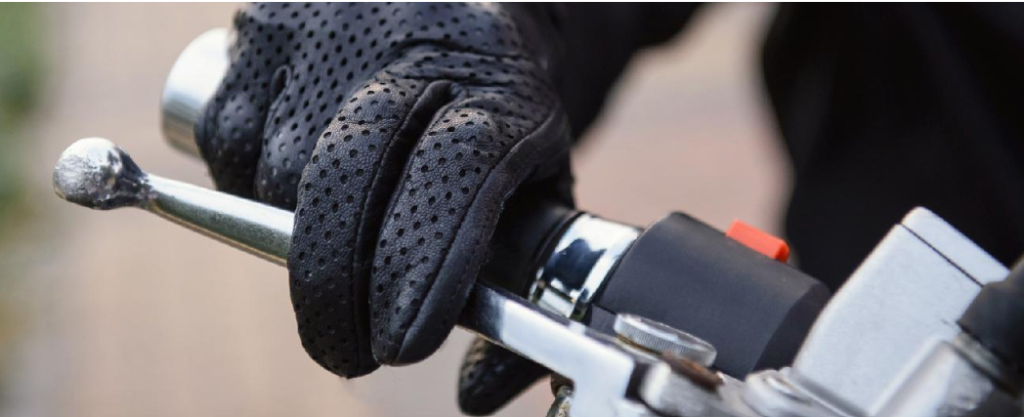
Learning Smooth Acceleration and Braking
Beginners often struggle with abrupt acceleration or braking, which can unsettle the motorcycle. Smooth acceleration helps maintain traction and prevents the bike from jerking forward. When it comes to braking, applying the front and rear brakes together allows for a controlled stop. Practising this slowly in an empty parking lot builds muscle memory and prepares you for real-world traffic situations. These simple habits make a huge difference in how safe and confident you feel on the road.
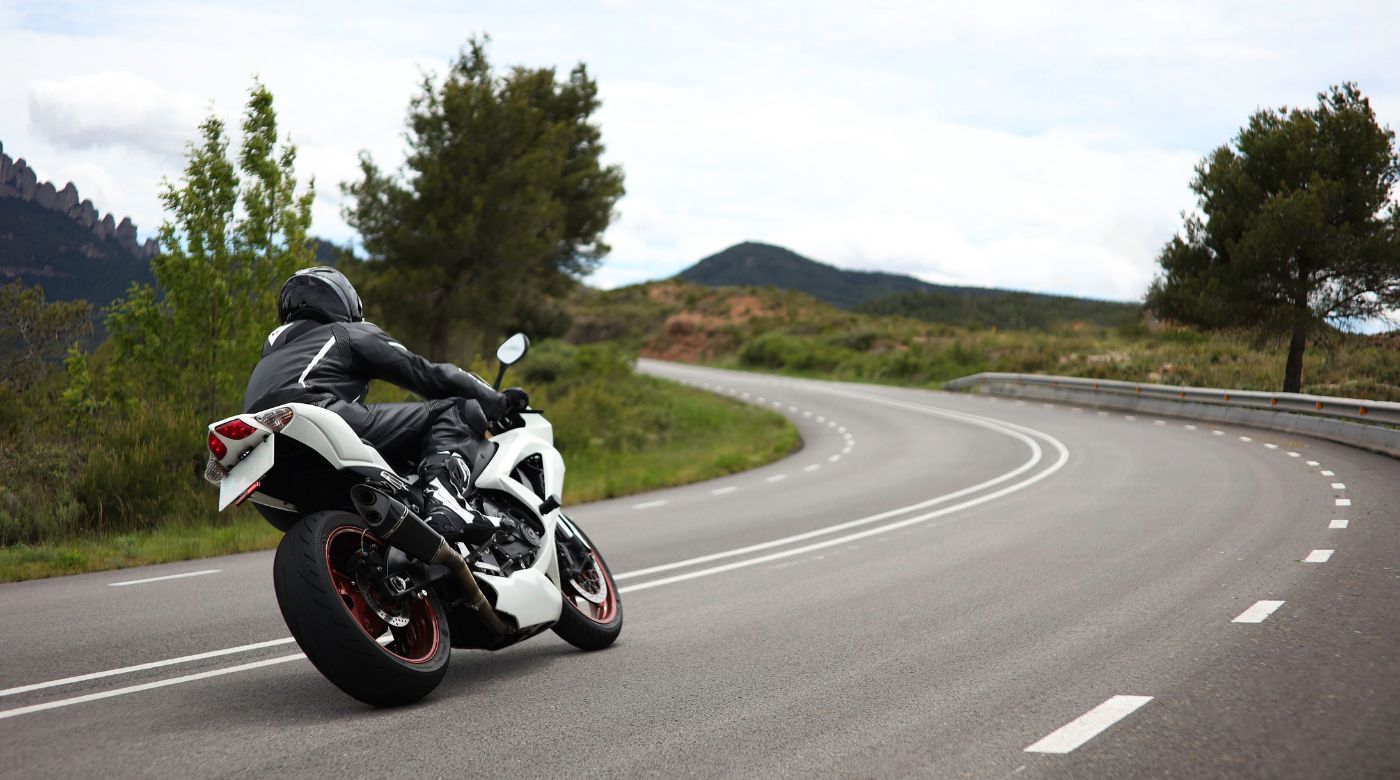
Cornering Basics Every New Rider Should Practise
Cornering is one of the most enjoyable parts of riding when done correctly. The key is to slow down before entering the corner, look towards your exit, and lean with the motorcycle without stiffening your body. Keeping your upper body relaxed allows the bike to move naturally. As you approach the apex, maintain a steady throttle to stabilise the motorcycle. With practice, cornering becomes smoother, safer, and more predictable.
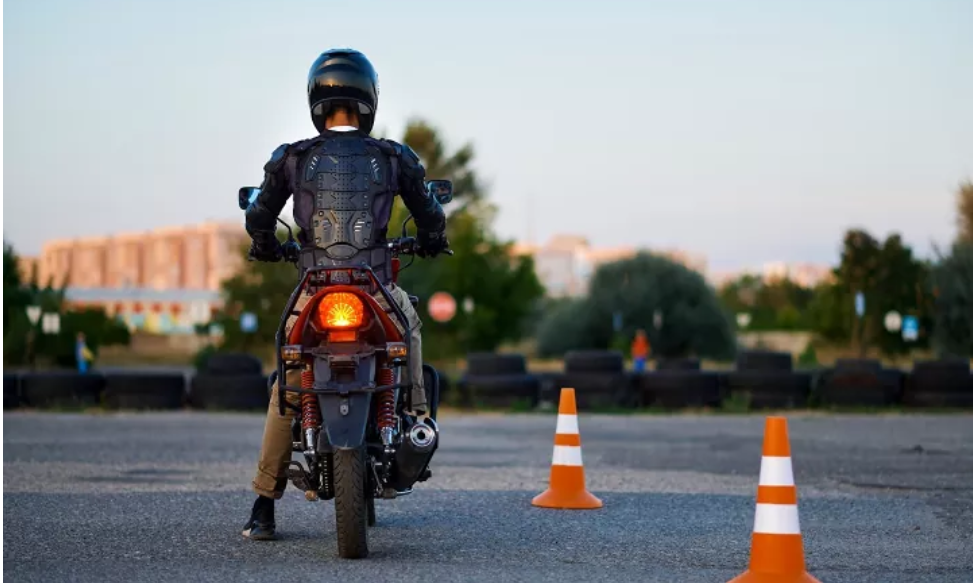
Building Confidence Through Consistent Practise
Every skilled rider started as a beginner. Consistent practise is what turns basic riding skills into instinctive habits. Spend time in safe, low-traffic areas before venturing onto busy roads. The more you ride, the better you will understand how your motorcycle behaves in different situations. Confidence grows naturally when you build your foundation step by step.
Conclusion
Riding a motorcycle is an exciting experience, but it requires awareness, discipline, and proper technique. When you invest in good gear, learn your controls, and master your basic skills, you set yourself up for years of safe and enjoyable riding. With patience and practice, every beginner can grow into a confident and capable rider.





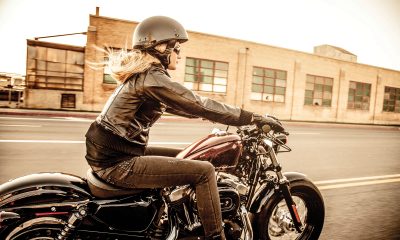
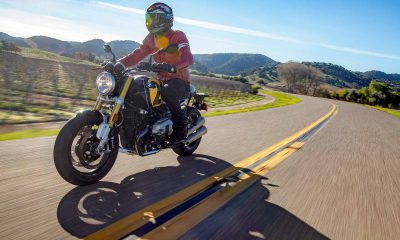

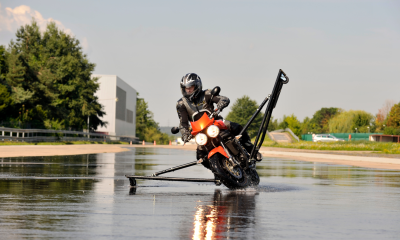


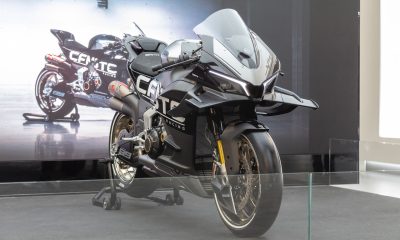



















Facebook
Instagram
X (Twitter)
YouTube
LinkedIn
RSS